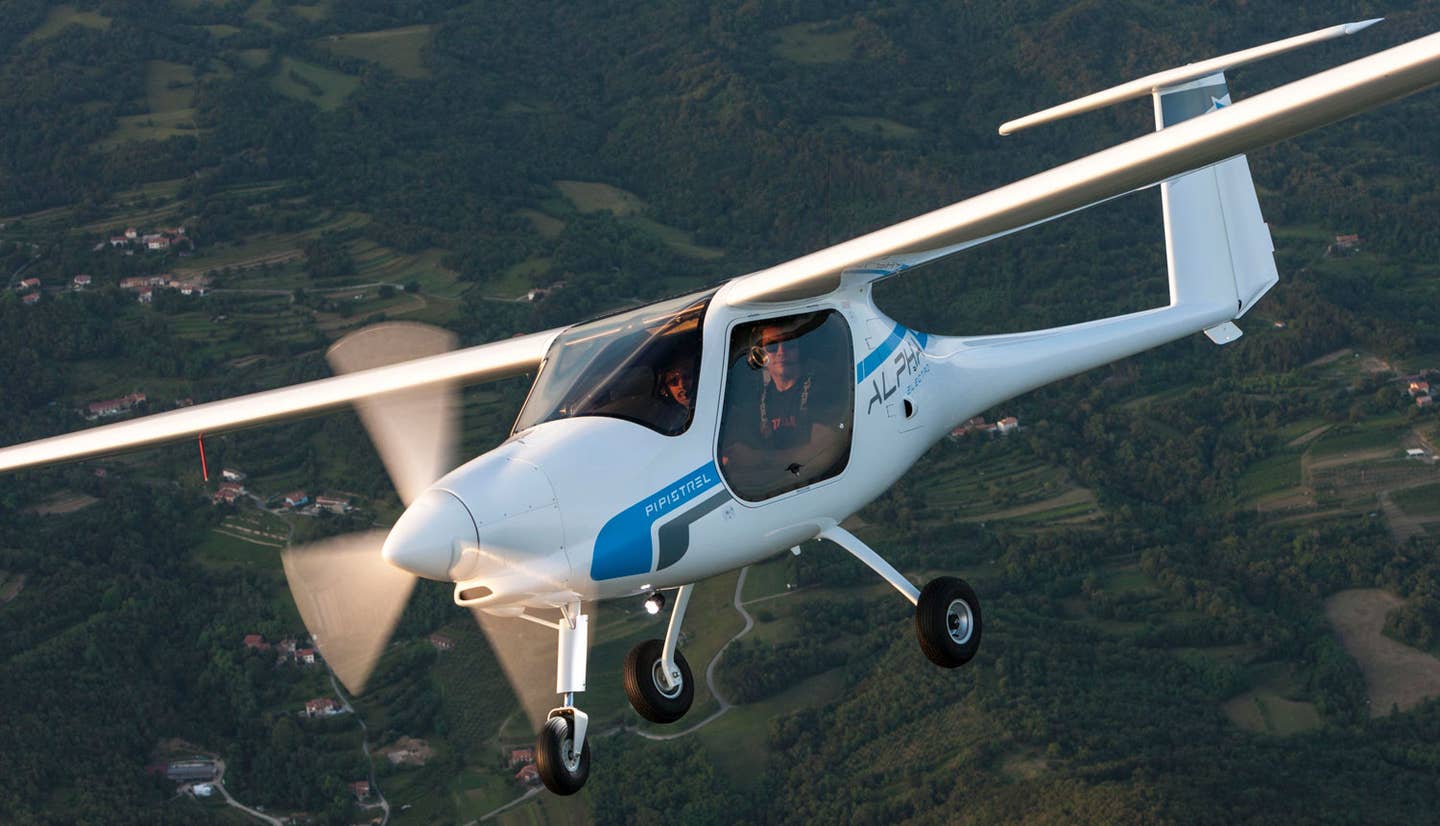
E-Volo’s “multi-copter”
While ultra-modern prototypes like the Sikorsky X2 and Eurocopter X3 are garnering most of the attention, two small, innovative helicopters are set to make their marks on the rotorcraft industry as well.
The first of these is the e-volo personal helicopter, the ingenious result of a collective effort of a group of German professionals who have created a sixteen-propeller rotorcraft that just might give us a glimpse into the future of air travel.
The e-volo prototype is a personal “multi-copter” outfitted with sixteen tiny electric motors and propellers that allow the pilot of this strange-looking craft to hover above the ground and maneuver much like a conventional helicopter. An onboard navigation system automatically controls attitude and altitude, making control much more manageable.
The e-volo’s electric motors are powered by commercial off-the-shelf batteries, making this personal helicopter surprisingly energy efficient. Currently, flight time is restricted to about 20 to 30 minutes, but the design team says that could be expanded significantly by integrating a hybrid gasoline-electric engine or by increasing the battery capacity powering the rotors.
Over the next two years, e-volo says it hopes to develop a two-seat volocopter that weighs less than 100 pounds, can fly faster than 54 knots, stay aloft for at least an hour and reach an altitude of at least 6,500 feet. In addition to the two-seater, a single-seater and an unmanned version are also in the works.
Speaking of unmanned helicopters, an interesting unmanned rotorcraft design is the Northrop Grumman MQ-8 Fire Scout, developed from the Schweizer 333 helicopter, now part of the Sikorsky family.
You might remember this UAV from the headlines it made a little over a year ago when one of the little robo-copters strayed into restricted airspace over Washington, D.C., after departing Patuxent River Naval Air Station in Maryland. The result of a software logic flaw that caused the operator to lose contact with the drone, the lost Fire Scout was programmed to circle whenever communications were severed — but for some reason, the chopper failed to follow its failure protocol and instead headed 23 miles northwest before control was regained.
Thankfully, this test craft wasn’t equipped with the 70mm Hydra rocket pods or Hellfire tank-busting missiles that Fire Scouts will carry into combat zones. The Navy’s biggest challenge now? Figuring out how to stop crashing the helo UAVs, several of which have gone down in Afghanistan and elsewhere.

Sign-up for newsletters & special offers!
Get the latest FLYING stories & special offers delivered directly to your inbox






